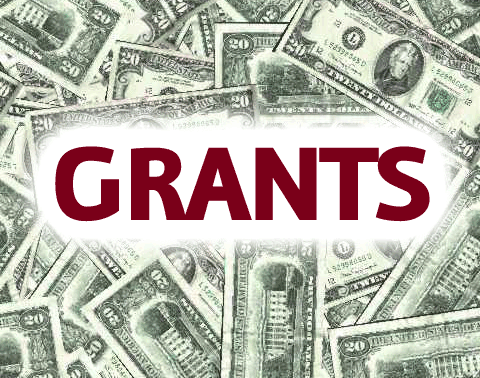Little Things You Can Do Before Year’s End to Raise More Money
The biggest fundraising time of the year for most nonprofits inexorably approaches.
It can be stressful.
Don’t succumb to the stress. You’ve got this!
Perhaps you can’t do everything you’d like to do this year, but you can do some things.
Here are 12 things you can do that will pack a big punch.
Some you can do on your own. Some will require support from technical and/or marketing staff.
Here’s the thing: Often it’s the little things that count. That pack a surprising wallop.
So don’t save all your energy for writing your appeal. Help your appeal along by putting some of the dozen suggestions that follow into effect. Even just one or two will make a difference.
Let’s get started…
Details







